Boost Your Siding Bids – Request a Precision Estimate!
- Accurancy
- Efficiency
- Transparency
- Customization
- Time Saving
- Professionalism
- Cost Control
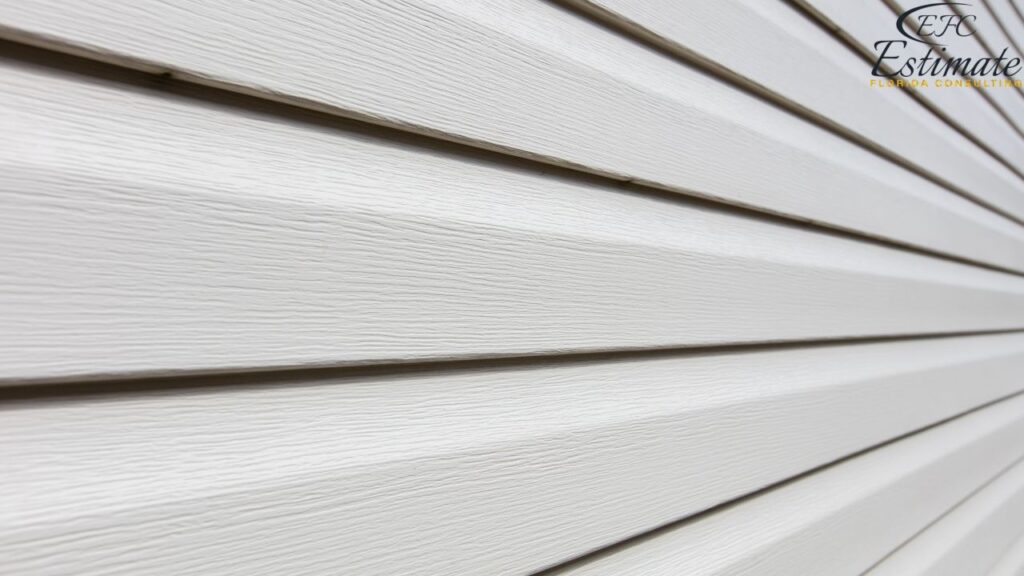
The cost to replace siding on a house varies widely, with factors such as material, size of the property, and labor contributing to the overall expense. On average, homeowners can expect to invest approximately $11,455 in the replacement process. However, the total cost may range between $12,000 and $60,000, reflecting the diverse choices available in siding materials and the scope of the project. This estimate typically includes both the materials and installation, with individual projects falling within the range of $5,552 to $17,534. For personalized estimates tailored to your specific project, with Estimate Florida Consulting.
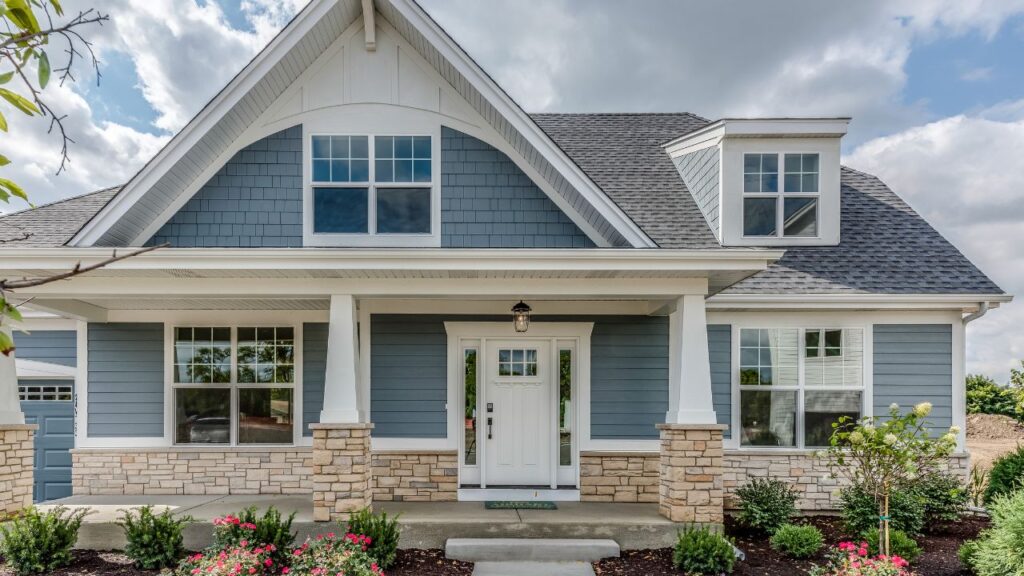
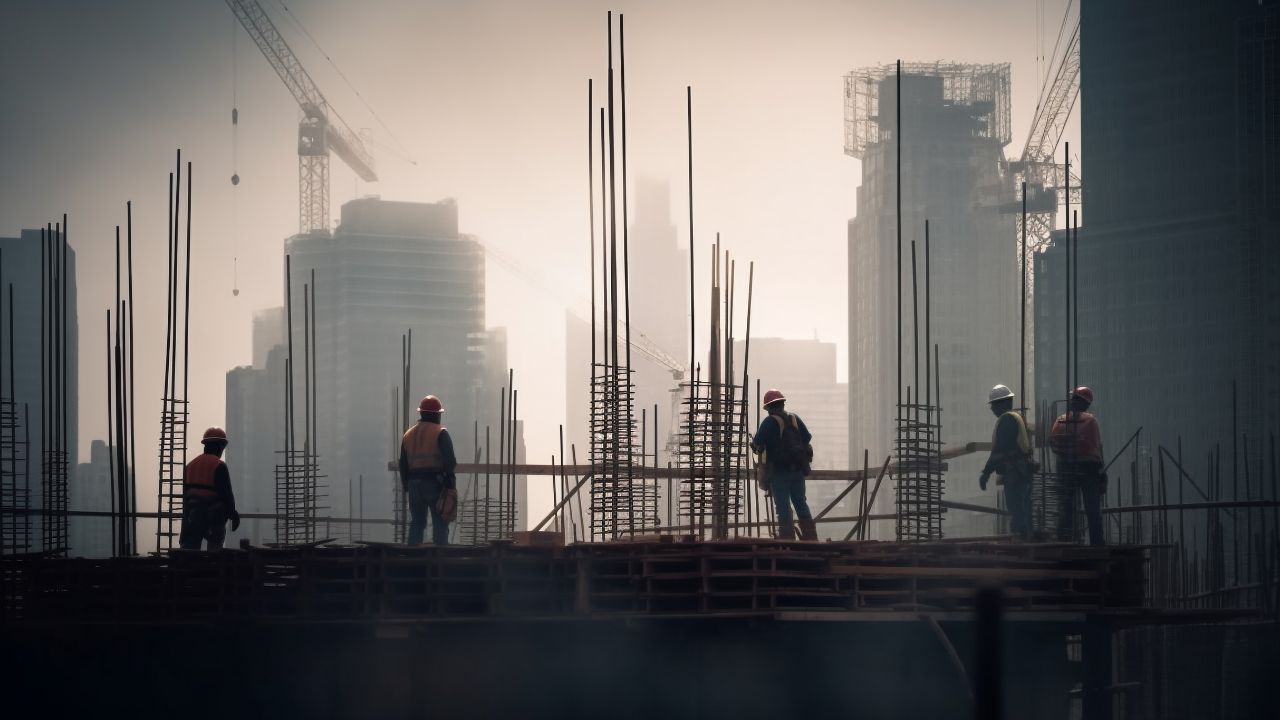
Make Informed Design Decisions Showcase Your Design Ideas
Get RenderingThe predominant determinant is the size of your residence. On average, the cost hovers around $15 per square foot, yet the spectrum varies significantly, ranging from $3 to $60 per square foot, contingent on the material chosen. Get a grip on estimating siding expenses for your home.
If measuring square footage manually isn’t your preference, utilizing photos and apps like Hover can serve as an alternative. Although not free, it provides a secure and effortless option. Other influential cost factors encompass:
Outlined below are the standard expenses for siding materials at major retailers. Stucco costs are sourced from professionals and encompass labor expenses.
Material | Cost/Square foot |
Vinyl siding | $2.50 – $8.75 |
Wood (cedar, other) | $2.50 – $26.25 |
Metal (steel, aluminum) | $2.50 – $5 |
Stucco | $3.75 – $15 |
Brick | $7.50 – $67.50 |
Stone (products like Versetta) | $12.50 – $22.50 |
Fiber cement (products like Hardie board) | $3.75 – $6.25 |
These updated figures reflect the previously stated cost ranges per square foot for various siding materials.
Labor charges typically surge in bustling urban areas and are billed either per hour or per square footage. For hourly rates, anticipate a range of $45 to $75 per worker. When calculated per square foot, the range extends from $1.25 to $5.
Residences with multiple stories, dormers, or intricate wall angles necessitate more materials and labor compared to simpler, box-shaped structures. Complex cuts during installation often lead to increased material wastage.
The process of removing old siding might reveal issues like rotted sheathing, compromised framing, matted insulation, and compromised wiring. Addressing these issues precedes the installation of new siding. In older homes, this phase provides an opportunity to enhance insulation.
A complete siding replacement constitutes a substantial investment that may not always be imperative. If the existing siding is in decent condition and only a section requires attention, limited replacement might suffice.
However, aging causes discrepancies in appearance between new and existing siding. This disparity can often be mitigated with a paint job. Yet, certain situations mandate full replacement:
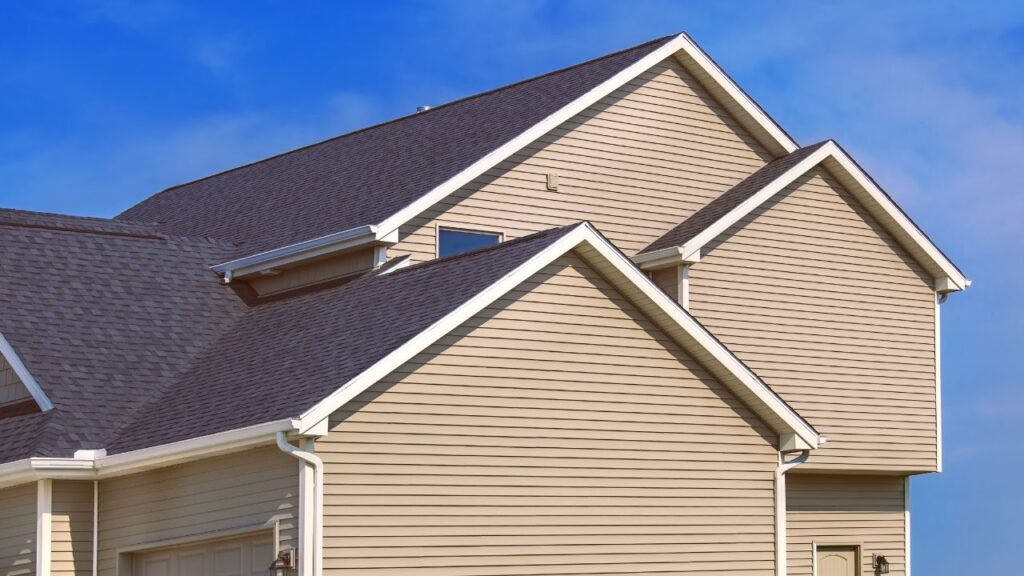
While considering the visual impact of new siding, it’s valuable to align your budget with the suitable replacement siding options before initiating your planning process.
Siding Type | Cost per Square Foot |
Vinyl | $3.90 – $15.60 |
Stucco | $9.10 – $11.70 |
Wood | $1.30 – $19.50 |
Engineered Wood | $1.30 – $7.80 |
Aluminum | $3.90 – $7.80 |
Fiber Cement | $6.50 – $18.20 |
Brick | $13.00 – $26.00 |
Brick Veneer | $3.90 – $13.00 |
Stone | $9.10 – $39.00 |
Stone Veneer | $6.50 – $14.30 |
Vinyl siding is widely utilized for its cost-effectiveness and durability, with prices ranging from $3,900 to $39,000. It remains a popular choice due to its affordability, low maintenance, and a spectrum of color options.

Unlike wood, vinyl siding doesn’t necessitate painting, saving you from spending weekends on this task. However, precautions are needed to prevent warping or melting from high-heat grills. Weather impacts vinyl siding, requiring vigilance against damage from high winds and extreme temperature swings, potentially causing dents and cracks. Regular cleaning, either by hand or with a gentle hose spray, is necessary as vinyl siding is not waterproof. High-power washing, if recommended by the manufacturer, should be done annually.
Originating from Ancient Greece and Rome, stucco siding provides a textured, rustic appearance. The average cost for stucco ranges from $10,400 to $14,430 for a standard 1,500-square-foot home.
Regular cleaning with water and a damp nylon brush is necessary for stucco siding. Occasional use of a power washer or garden hose helps remove accumulated dirt. Adequate water drainage is crucial to prevent moisture damage, which can lead to cracking. Minor cracks can be repaired with stucco patches. Stucco, being durable, requires periodic inspections but is generally easy to care for. It contributes to energy efficiency by regulating indoor temperatures, reducing heating and cooling costs.
Wood siding costs vary based on house size, ranging from $1,300 to $48,750. It remains popular for its classic appearance and relative affordability, with durable options like pine, spruce, cypress, and Douglas fir. Cedar and redwood, being more resistant to rot, come at higher price points.
Wood siding, appreciated for its natural look, requires regular maintenance to address issues like rot, insect damage, warping, and cracking. Exterior paint jobs are needed every three to five years, along with weather treatments every four to six years, costing between $2,600 and $6,500. Log siding, resembling wood siding, incurs an average cost of $18,200.
Engineered wood siding, mimicking the appearance of wood, offers affordability at a cost ranging from $1,300 to $19,500. Pre-primed and ready-to-paint, it requires a new coat every five to 10 years.
Produced with plywood sheets treated against insects and fungi, engineered wood siding is favored for its lightness and easy installation. However, precise installation is crucial to avoid moisture damage, especially in humid areas. Properly installing siding starter strips, using correct nail lengths, and leaving sufficient space for expansion is vital.
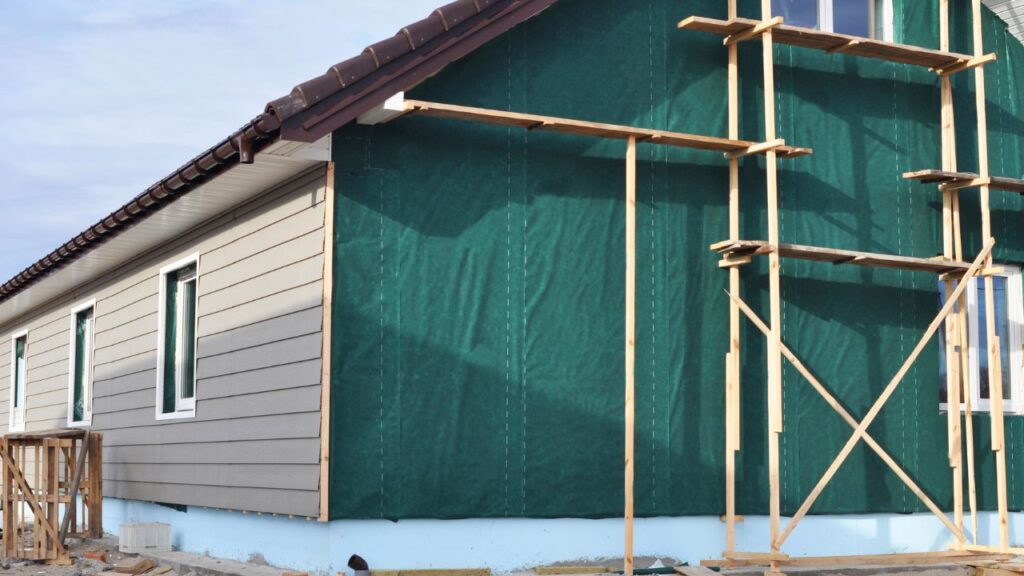
Popular in cold climates and coastal areas, aluminum siding is priced between $13,000 and $24,700. Waterproof and insulating, it resists rust, fire, mildew, and insects.
Aluminum siding, while providing insulation, is known for being noisy during extreme weather. Scratches and dents are evident during storms or hail. Over time, it may lose color and gain a chalky hue. Matching pieces for repairs can be challenging.
Fiber cement siding, including leading brands like James Hardie, ranges from $6,500 to $45,500. Combining affordability with durability, it mimics wood siding but is weather and pest-resistant.
Low maintenance with annual cleaning and occasional painting, fiber cement siding installation costs rise due to its weight and labor-intensive nature. Professional assistance is recommended for repairs.
Brick siding costs between $13,000 and $97,500, offering a classic and luxurious appearance. Its weight necessitates a strong foundation.
Maintenance-free and durable, brick siding naturally resists rot and insects. Its heat-retaining property makes it less common in hot climates.
Covering the foundation wall for aesthetic purposes, brick veneer siding installation costs range from $9,750 to $29,250, depending on materials and thickness.
Low-maintenance with occasional cleaning and sealing, brick veneer siding offers better insulation than solid brick, contributing to energy efficiency.
Stone siding, though not budget-friendly, costs between $9,100 and $97,500, providing an elegant and enduring appearance.
How Much Does It Cost To Install or Replace Siding?
The national average cost for installing siding is $8,500 to $25,500, with most homeowners spending around $15,500 for 1,500 sq. ft. of cedar siding in a Dutch lap installation. The lowest cost for the siding installation is $5,500 for 1,500 sq. ft. of hollow vinyl siding installed. The high cost is $65,000 for 1,500 sq. ft. of solid stone siding professionally installed.
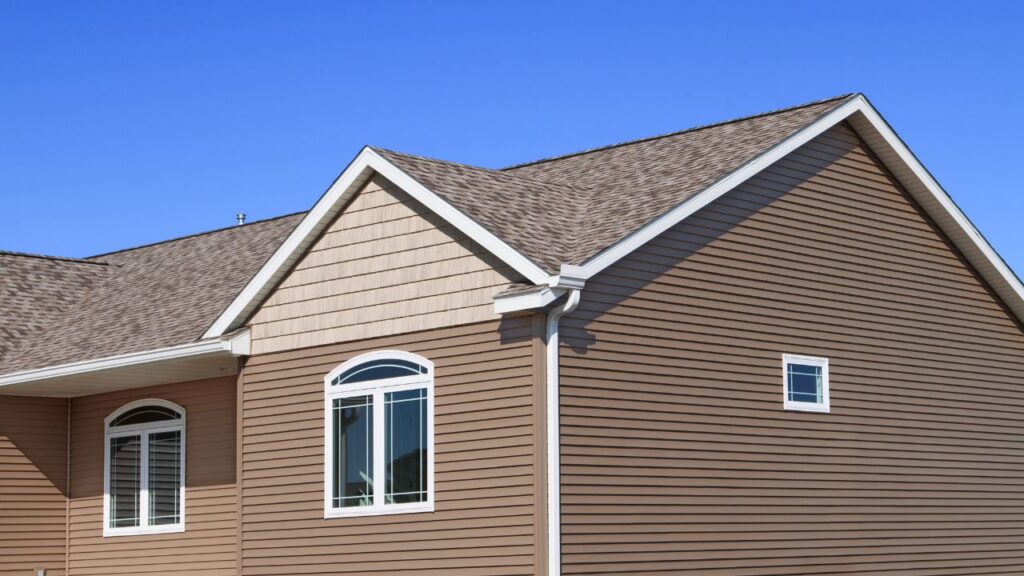
Extremely durable and virtually maintenance-free, stone siding resists mold, rot, and insects. Professional installation is necessary due to its weight.
With costs ranging from $6,500 to $35,750, stone veneer siding is a middle-of-the-road option, less expensive than solid stone.
Long-lasting with minimal maintenance, correct installation is crucial to avoid cracks and collapse. Stone veneer siding contributes to energy efficiency by providing insulation.
Beyond enhancing aesthetics, new siding elevates curb appeal and property value. Added advantages encompass:
The average cost for replacing siding on a house typically falls around $11,455. However, this cost can vary significantly, ranging between $12,000 and $60,000 depending on factors like materials, property size, and labor.
Several factors contribute to the overall cost of siding replacement. Property size plays a significant role, with costs averaging around $15 per square foot. Other factors include the chosen siding material, labor charges (ranging from $45 to $75 per hour or $1.25 to $5 per square foot), house design complexities, repair work, and whether a complete replacement or repair is needed.
Maintenance requirements vary for each siding type. For instance, vinyl siding doesn’t require painting but needs regular cleaning, while wood siding needs painting every few years and treatments for weather resistance. Stucco requires occasional cleaning and proper drainage to prevent cracking. Understanding the maintenance needs can help homeowners make informed choices.
Installing new siding offers several advantages beyond aesthetics. It improves energy efficiency, reduces maintenance needs, enhances structural integrity, and gives a facelift to the home’s exterior, ultimately boosting curb appeal and property value.
Certain situations, such as severe leaks, pest infestation, mold issues, high energy bills due to compromised insulation, or simply for a design upgrade, may necessitate complete siding replacement rather than limited repairs. Understanding these scenarios helps in making a decision between repair and replacement.
Each siding type comes with its own cost range and maintenance considerations. For example, vinyl siding is cost-effective but needs vigilance against damage from weather, while brick siding is durable but costly and less common in hot climates due to its heat-retaining property. Comparing these aspects can assist homeowners in choosing the right siding material for their needs.
Replacing house siding incurs varied costs, averaging $11,455 but ranging from $12,000 to $60,000 due to material, labor, and property size factors. Material expenses like vinyl, wood, stucco, and more play a role, with each requiring specific maintenance and having distinct energy efficiency. Factors such as labor charges, house complexity, repair needs, and the choice between replacement and repair further impact costs. Despite the expenses, new siding offers benefits beyond aesthetics, enhancing energy efficiency, reducing maintenance, fortifying the structure, and uplifting the home’s exterior appeal, warranting a careful understanding of options for homeowners to make informed, value-maximizing decisions.
The cost of new siding generally falls in the range of $3 to $8 per square foot. Various factors such as material, style, and installation requirements contribute to the overall expense.
Vinyl and fiber cement are cost-effective choices, while premium materials like wood and metal may incur higher expenses. The blog provides detailed information on various siding materials, including vinyl, wood, fiber cement, stucco, brick, and more.
The average labor cost for siding installation ranges from $2.50 to $6.50 per square foot, in addition to material expenses. Rates may vary based on location, project scale, and complexity.
Scheduling siding installation during a contractor’s off-season, such as early fall, can lead to reduced labor costs. The blog recommends securing bookings in advance during less busy periods.
The size of your home significantly influences new siding installation costs, with materials and labor commonly priced per square foot. Factors such as window flashing, insulation, and potential building permits for larger homes should be considered.
Here I am going to share some steps to get a replace siding on house cost estimate report.
You can send us your plan on info@estimatorflorida.com
Before starting your project, we send you a quote for your service. That quote will have detailed information about your project. Here you will get information about the size, difficulty, complexity and bid date when determining pricing.
We do replace siding on house cost estimating and prepare a detailed report for your project. At last you finalize the report and finish the project.



561-530-2845
info@estimatorflorida.com
Address
5245 Wiles Rd Apt 3-102 St. Pete Beach, FL 33073 United States
561-530-2845
info@estimatorflorida.com
Address
5245 Wiles Rd Apt 3-102 St. Pete Beach, FL 33073 United States
All copyright © Reserved | Designed By V Marketing Media | Disclaimer